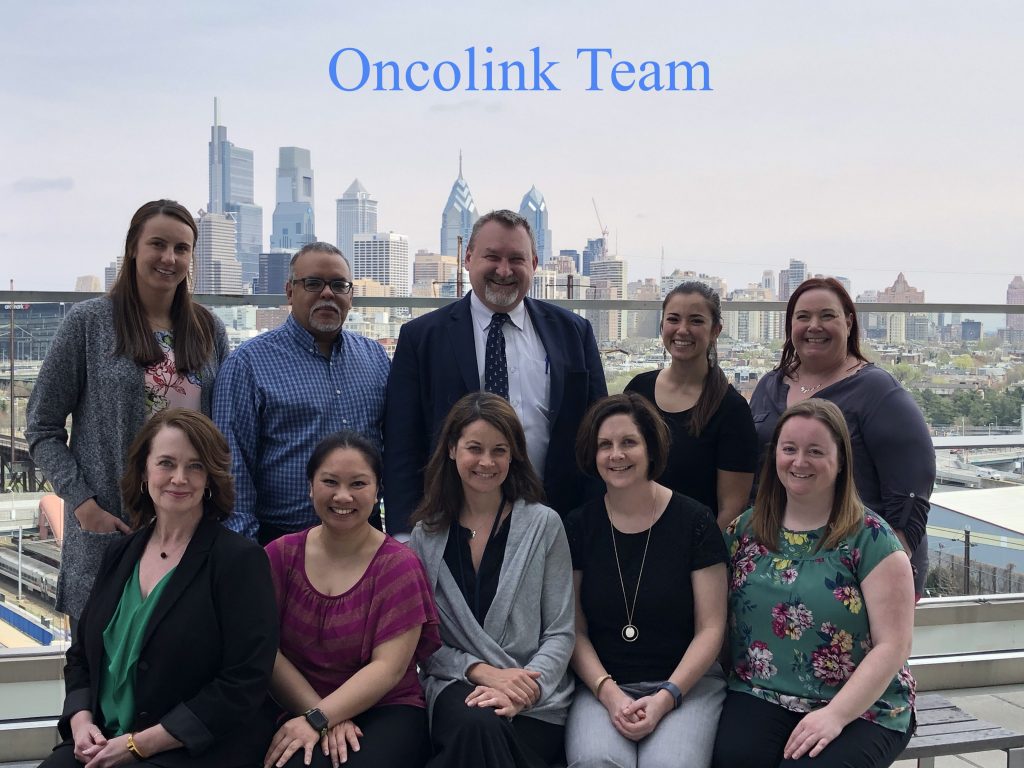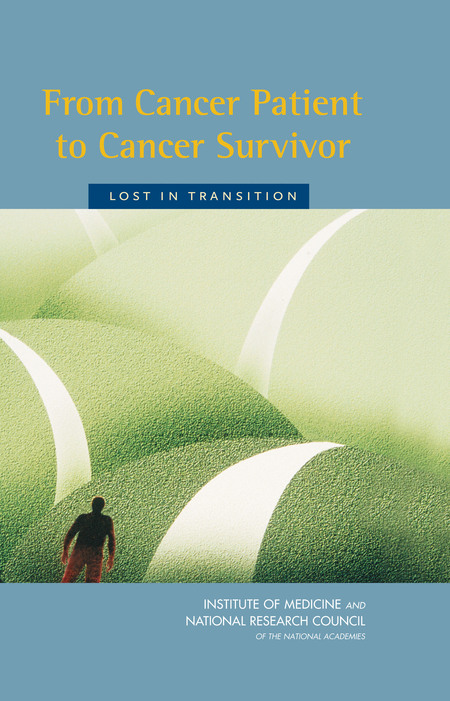
In April of 2007, OncoLink launched the OncoLife Survivorship Care Plan, a instrument to create care plans for individuals who have survived most cancers. As that instrument reaches the milestone of 100,000 care plans created, OncoLink’s Managing Editor, Carolyn Vachani, seems to be again on this system’s origins.
In 1996, The Institute of Drugs revealed a report referred to as “From Most cancers Affected person to Most cancers Survivor: Misplaced in Transition.” This report shined a lightweight on the problems folks face after most cancers therapy and the shortage of help to assist them deal with these points. It was a complete assessment of the after-effects of most cancers therapy; in different phrases, well being issues attributable to the remedies themselves. These are also known as long-term (lasting years after therapy) or late (occurring months to years after therapy) results. The report additionally highlighted the psychological and sensible considerations after a analysis. It advised all survivors ought to obtain a therapy abstract detailing the remedies they acquired, and a survivorship care plan that includes bodily, psychological, and sensible after-effects of therapy and how one can stop and/or handle them.
Quickly after this report, you’ll have been hard-pressed to discover a convention for oncology professionals that didn’t have one – if not many – classes on the subject of survivorship. Prefer it or not, a brand new buzzword had been created.
I sat in lots of these convention classes listening to about all of the items of data a survivor ought to obtain and the way troublesome it was to supply this info. I began to really feel that perfection was turning into the enemy of fine. There was lots of info we may present survivors. Was it excellent, research-based info to cowl all the pieces the IOM wished for? Not fully, however from a survivor’s perspective, some useful info was actually higher than no info in any respect.
Over at OncoLink, we had been receiving emails from survivors questioning if well being points that they had could possibly be associated to their most cancers remedies. The reply was often sure, however in need of visiting a medical library and brushing by journals, a affected person wouldn’t come throughout this info simply. Bear in mind, it was the early web! Typically their healthcare suppliers had been unaware of the connection.

This received our little group brainstorming. On the coronary heart of our mission is schooling, and similar to we educate sufferers about managing nausea or hair loss, we felt compelled to show survivors about life after most cancers. However each therapy had completely different long-term and late results. We would have liked a program to compile info particular to no matter therapy that person had acquired. It needed to be straightforward to make use of and accessible to sufferers, utilizing therapy info a affected person would know, then presenting what they wanted to know in our normal conversational type. We started working.
After a 12 months devoted to researching, writing, and tech constructing, we had created a program to assist survivors find out about long-term and late results in a survivorship care plan format. The primary model of the OncoLife Survivorship Care Plan was launched on April 23, 2007. Our aim was to coach survivors, assist them find out about prevention and monitoring for late results, and most significantly, assist them begin a dialog with their healthcare suppliers about late results. We had no thought the place this little-engine-that-could would go, however we had been prepared for the trip.
Flash ahead fourteen years, and this little engine has grown considerably. OncoLife is quick approaching its 100,000th care plan created! This milestone will not be misplaced on this group – so many individuals getting the schooling to assist them navigate life after most cancers is humbling. It pushes us to do extra, to think about what’s subsequent, how one can enhance the instrument and attain extra folks. Sadly, 25 years after the IOM report, most survivors nonetheless don’t obtain care plans. However this little engine goes to maintain on chugging till they do.

Carolyn Vachani is an oncology superior follow nurse and the Managing Editor at OncoLink. She has labored in lots of areas of oncology together with BMT, medical analysis, radiation remedy, and workers growth. She serves because the mission chief within the growth and upkeep of the OncoLife Survivorship Care Plan and has a powerful curiosity in oncology survivorship care. She enjoys discussing nearly any most cancers matter, in addition to gardening, cooking and, after all, her sons.









